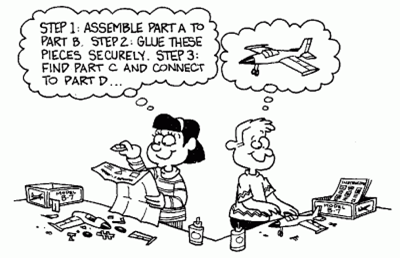When reading about different learning styles, I came across this study in the book, Special Populations in Gifted Education: Understanding Our Most Able Students From Diverse Backgrounds, edited by J.A. Castellano, A.D.Frazier. This study was fascinating to me as an educator and made me question how I plan lessons to maximize classroom learning and engagement.
This study concludes that most students favor receiving instruction in a visual-spatial manner in any given classroom. Yet, most of the textbooks, curricula, and teaching remain auditory-sequential – a learning style preferred by just 37% of students. Visual-spacial learners are students who think in images, and auditory-sequential learners think in words. Studies conducted (with 4th to 6th graders from all socioeconomic backgrounds, I.Q.s, and urban and rural settings) have shown that 63% of the classrooms studied are either strongly or “trended towards” a visual-spatial learning style. The remaining students identified as strongly or trended towards a preference for auditory-sequential instruction.
According to Dr. Linda Silverman, schools have long geared towards left-hemisphere learning, with most teachers and textbooks following a step-by-step delivery – requiring mastery of one area before progressing to a higher level. Those who favor the right hemisphere (visual-spatial learners) do best when presented with the big picture first, allowing them to make connections in their learning, which affords greater understanding when presented with the details.

Illustrated by Buck Jones, copyright held by L.K. Silverman
Dr. Levy, a brain researcher from the University of Chicago, credited with discovering the specific functions of each hemisphere of the brain, noted, “the right hemisphere is especially important in regulating attentional functions of both sides of the brain. Unless the right hemisphere is activated and engaged, attention is low, and learning is poor”. Levy referred to all students, not just those who prefer a visual-spatial learning style. For those who do favor the right hemisphere, engagement is essential if permanent learning is to occur.
Understanding students’ specific learning styles and differentiating instruction may be the most critical aspect an educator can uncover about their students. To teach to a child’s strengths may be a life-changing experience, one that is likely to leave a lasting impression for the duration of the student’s academic career and beyond. Your learning style affects how you learn while a student and how you think and approach problem-solving as an adult, Silverman states.
|
The auditory-sequential learner |
The visual-spatial learner |
|
Thinks mostly in words |
Thinks mostly in pictures |
|
Has auditory strengths |
Has visual strengths |
|
Is a step-by-step learner |
Is a whole-part learner |
|
Attends well to details |
Sees the big picture |
|
Follows oral directions well |
Reads maps well |
|
Does well at arithmetic |
Does well in math reasoning |
|
Learns phonics easily |
Learns whole words easily |
|
Can sound out spelling words |
Can spell words by visualizing |
|
Can write quickly and neatly |
Can keyboards well |
|
Can show steps of work easily |
Arrives at correct solutions intuitively |
|
Learns well from instructions |
Develops own methods of problem-solving |
|
Is comfortable with one right answer |
Likes problems with many possible answers |
|
Is academically talented |
Is creatively, technologically, mechanically, emotionally, or spiritually talented. |
|
Can memorize math facts quickly |
Can tackle high-level math successfully often before mastering basic facts. |
For more articles and best practice case studies covering Differentiation; Effective Learning Observation (ELO); English Learner Strategies; Action Planning; and sustainable school improvement, visit our resources:

TOPICS:
SHARE THIS ARTICLE:



